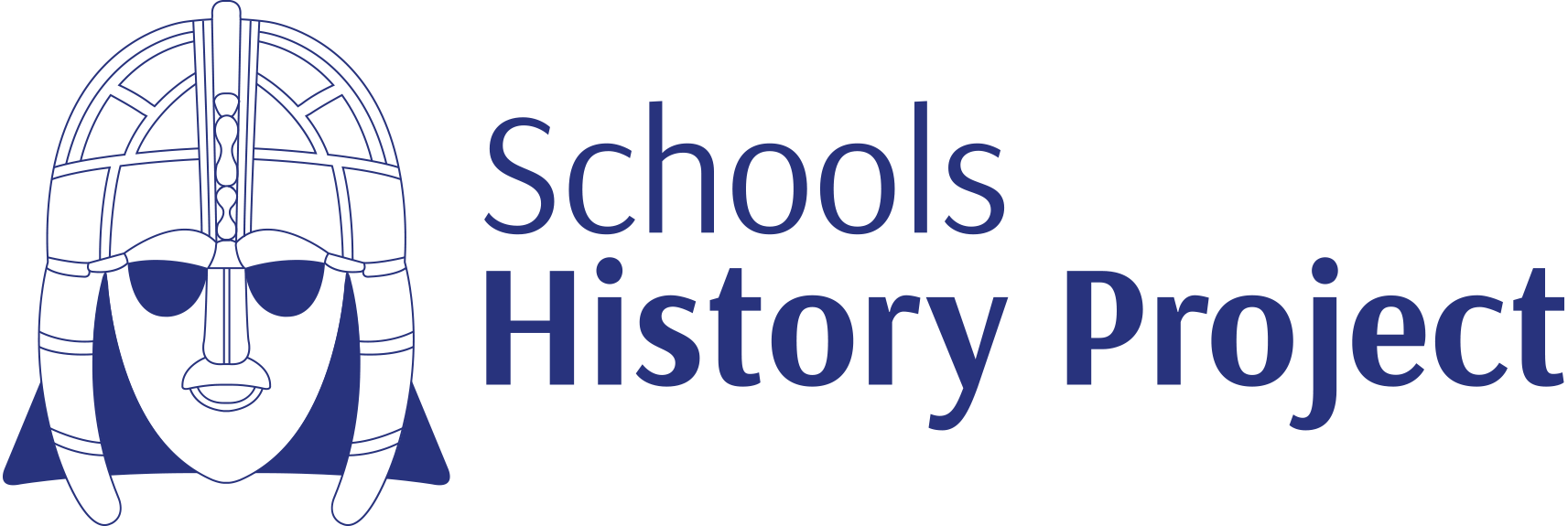In the first of a series of blog posts detailing approaches to sourcework, Kate Hawkey, PGCE tutor from the University of Bristol, introduces the group of teachers responsible and the rationale behind the project.
In September 2014 a group of history teachers in and around Bristol got together to talk about the challenges and successes of teaching history in their classrooms. They invited the PGCE tutor from the University of Bristol to join them and called themselves the Bristol Pizza group (you can guess why). This has turned out to be really valuable cpd for us and we want to share the ‘recipe’ which has worked so well for us. The format is simple and we encourage others to set up their own Pizza groups:
- Each year, identify a theme within history teaching which all the teachers agree is a priority to focus on. In our first year we focused on assessment without levels; this year we have focused on sources; next year we’ll turn our attention to historical interpretations.
- Anyone can join the group but there is an expectation that they agree to try out new approaches in their classroom over the course of a year and share these ideas beyond the Pizza group.
- Start the process by reading some relevant texts on your chosen theme (academic and professional articles, blogs, examples of good practice).
- Meet three times over the year for rich conversation and sharing and critiquing the approaches you have tried in your classroom – early evening at someone’s house with pizza works best for us.
- Agree on a means to disseminate the work of the Pizza group.
In addition to conferences (Historical Association, 2015), articles (Teaching History 161, Dec 2015) and blogs, we have also run workshops and TeachMeet activities for local history teachers.
In the forthcoming blogs, we will be sharing the 2015-16 work from the Bristol Pizza group.
We started our conversations by asking why do students find source work difficult. Of course, literacy issues are a part of this, and Matthew Bryant will write about his experiences of using a variety of scaffolds to support students. Wineburg’s ‘unnatural thinking’ (TH129, 2007) is another reason why students find sources difficult and Kate Smee’s work looking at the place of eye witnesses and experts in relation to Colin the Centipede provides a memorable strategy to use in classrooms. Phil Arkinstall returns to that favourite strategy of many history teachers, namely layers of inference, and approaches this in a new light while also looking at the value of verbal rehearsals.
Sally Thorne explains the work happening in her department helping student to create their own sources to build expertise in identifying ‘point, evidence, explanation’ as well as helping students to interrogate sources by considering wider contextual knowledge. Similarly, Rich Kennett supports students to use their wider contextual knowledge when doing sourcework using the phrase ‘this is not surprising because’.
Two of our members had their work on this topic published elsewhere. Paula Worth helped us to move beyond binary thinking by considering the changing connotations of words by considering ‘Is Churchill trapped by language?’, which has now been published in MasterClass in History Education (edited by Burn, Chapman & Counsell, 2016). Meanwhile, Sophie Sullivan introduces a range of strategies for building confidence with interrogating sources; she introduces the ‘Transformation Game’, and helps students to consider levels of certainty, as well as changing interpretations over time, in her Cunning Plan from TH165, 2017.
Throughout all these blogs there is a concern with building students’ resilience and confidence in tackling sourcework in the history curriculum. We hope the wide variety of ideas will stimulate your own thinking, give you ideas to try out in your own classroom, and encourage you to set up your own version of a Pizza group.
